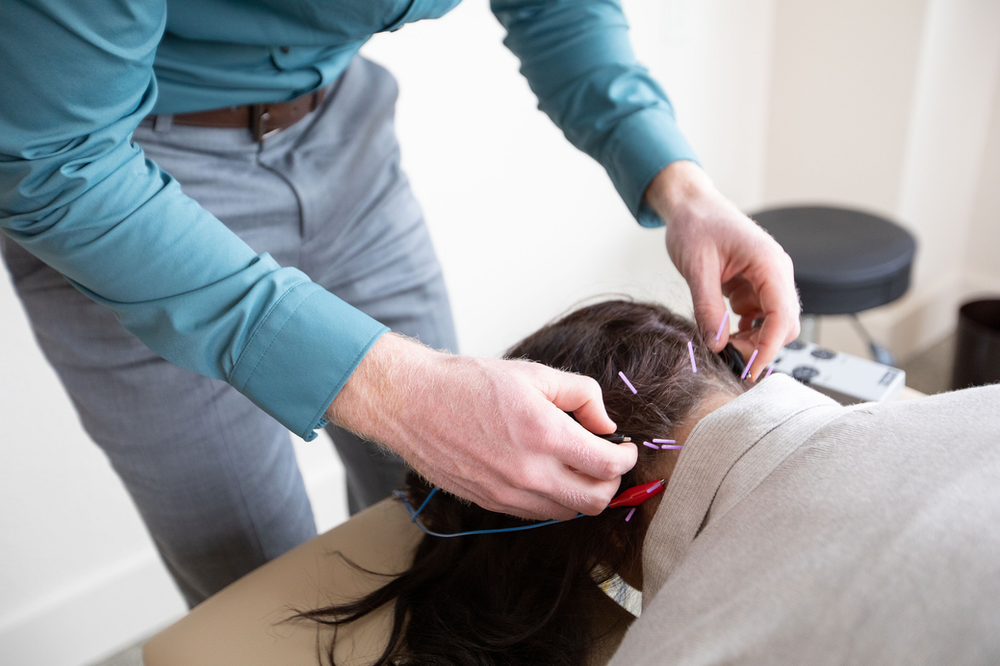
Several physical therapists, depending on the state, have incorporated dry needling into their practice. It was initially developed in the 1980’s, but it has really boomed, especially in Colorado, over the last decade. However, we still get the question all the time, what is it and is it just like acupuncture? Let’s address some of that here so you can make an informed decision the next time a PT or another provider offers this as part of their treatment.
First off, you may hear other terms for the same thing. It can be called intramuscular stimulation, myofascial needling and trigger point dry needling. It is a procedure that involves inserting a sterile fine, short needle into the muscle and then into the trigger points in muscles. There are sometimes muscle twitch responses which can help improve symptoms. Trigger points are taut bands in the muscle that can develop in response to poor sustained postures, repetitive motion and as a response to injury. They show an excess of acetylcholine, which is a neurotransmitter that stimulates muscle contraction, which implies it is over working. There is also a theory that these reduce blood flow, therefore decreased oxygen to the muscle. Over time, they can cause local or referred pain, muscle weakness, or restriction of range of motion.
So what’s the difference between dry needling and acupuncture? Dry needling places the needles into trigger points to improve range of motion and pain. Acupuncture follows meridian lines (also known as energy or qi pathways in the body) and are used to treat a myriad of health problems. The education behind the two types of treatments, the approach and philosophy, what we can treat, and the techniques of how we treat it are very different between the two.
The side effects of dry needling are sore muscles which can be immediate or come on a few hours after the session. This is normal and the soreness will relieve within 24-48 hours. There is a small chance of a bruise, fainting, infection at the site, nausea, and an even more rare possible complication where the needle interacts with the lungs. If you have a phobia of needles, this treatment is not for you.
This is not a treatment done by itself. It simply can improve the other treatments that physical therapists will do with you.
Here at Novera: Headache Center, we utilize dry needling to reduce muscle tension and improve mobility as it relates to headaches and migraines. If you think dry needling may be right for you, give our office a call or schedule online. We would love to hear your story and help you navigate your healing journey.




